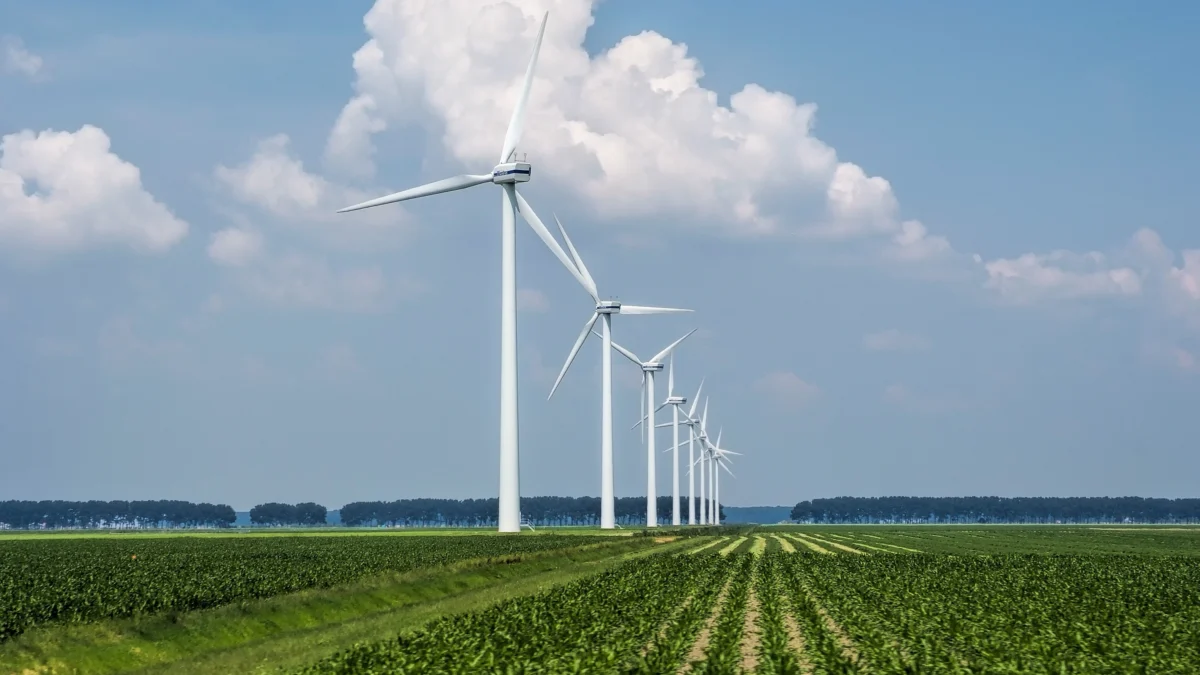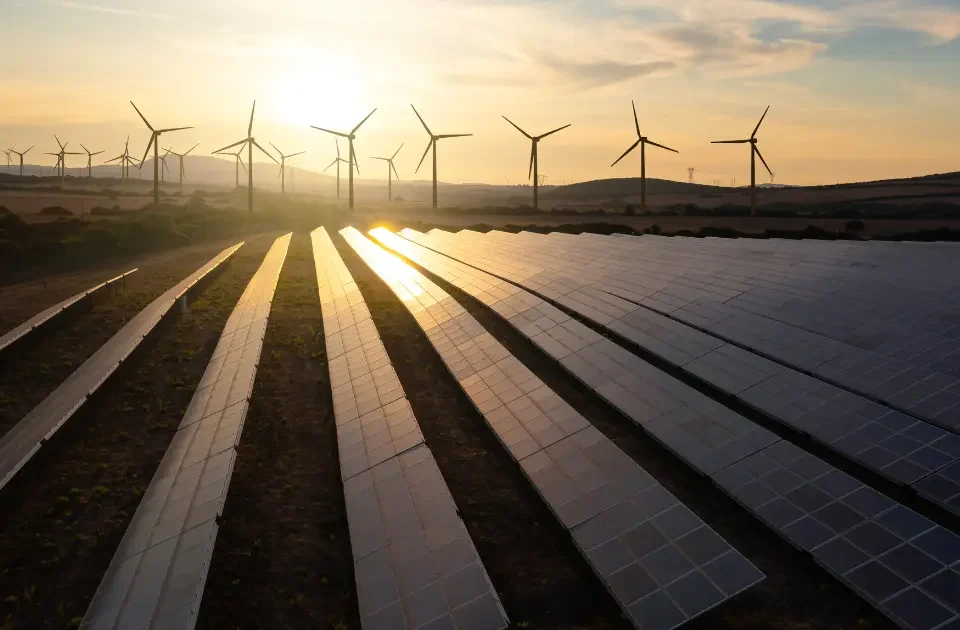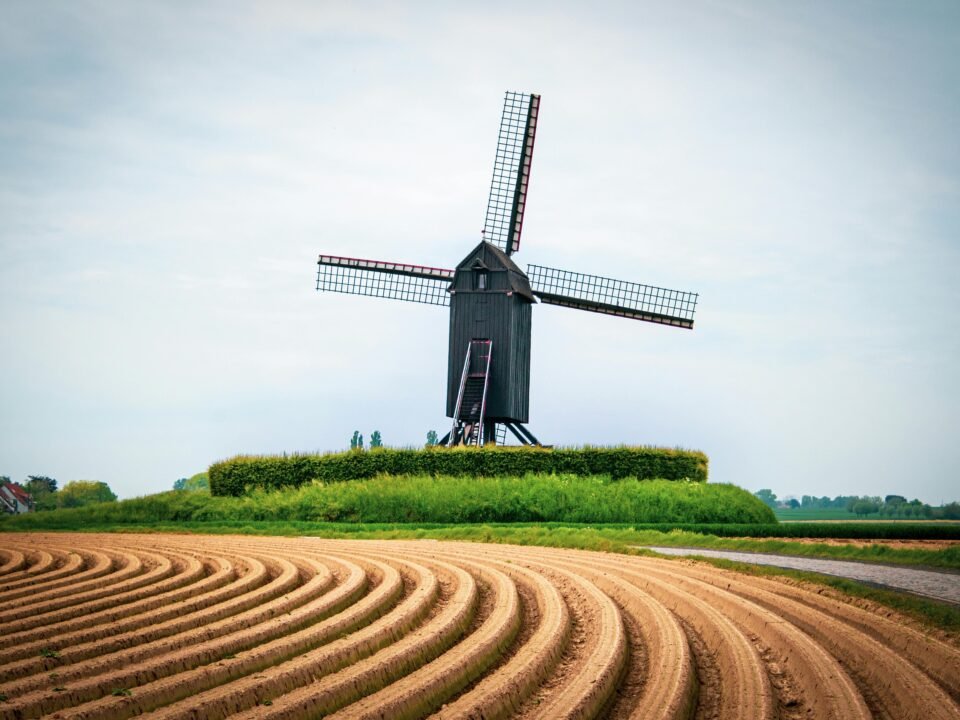In an era where sustainability is no longer an option but a necessity, eolic turbines are emerging as a key player in the transition to renewable energy. As global energy demands continue to rise, the need for clean, efficient, and sustainable power sources has never been more pressing. Eolic turbines, also known as wind turbines, harness wind energy to generate electricity without depleting natural resources or emitting harmful pollutants. In this blog, we will explore the top benefits of eolic turbines and why they are essential for sustainable power generation.
1. Renewable and Abundant Energy Source
One of the most significant advantages of eolic turbines is that they rely on wind, an abundant and renewable resource. Unlike fossil fuels, which are finite and contribute to environmental degradation, wind energy is inexhaustible. As long as the wind blows, eolic turbines can generate electricity, ensuring a continuous and sustainable power supply.
2. Reduction in Carbon Footprint
Eolic turbines produce clean energy, significantly reducing greenhouse gas emissions. Unlike coal or gas power plants that emit carbon dioxide (CO2), sulfur dioxide (SO2), and nitrogen oxides (NOx), wind turbines generate electricity without polluting the air. By transitioning to wind energy, we can mitigate climate change and improve air quality, leading to better health outcomes for communities worldwide.
3. Cost-Effective Energy Production
While the initial investment in eolic turbines may be high, the long-term financial benefits outweigh the costs. Wind energy has one of the lowest operating costs compared to other power sources. Once installed, eolic turbines require minimal maintenance, and the wind itself is free. As technology advances and production scales up, the cost of wind energy continues to decline, making it an increasingly affordable option for power generation.
4. Energy Independence and Security
Countries that invest in eolic turbines can reduce their dependence on imported fossil fuels, enhancing energy security. By utilizing domestic wind resources, nations can decrease their vulnerability to global energy market fluctuations, political instability, and supply chain disruptions. Energy independence also leads to greater economic stability and job creation in the renewable energy sector.
5. Job Creation and Economic Growth
The wind energy industry is a significant source of employment, creating thousands of jobs in manufacturing, installation, maintenance, and research. As more regions invest in eolic turbines, job opportunities continue to grow, boosting local economies and fostering innovation. From engineers and technicians to sales and administrative professionals, the wind energy sector provides diverse employment opportunities.
6. Land and Resource Efficiency
Eolic turbines require relatively small land areas compared to other renewable energy sources, such as solar farms. Wind farms can coexist with agricultural activities, allowing farmers to generate additional income while continuing to use their land for cultivation or livestock grazing. This dual land use maximizes efficiency and minimizes environmental disruption.
7. Scalability and Versatility
Eolic turbines come in various sizes, making them suitable for a wide range of applications. From large-scale wind farms supplying power to entire cities to small turbines providing electricity to remote villages, wind energy is highly adaptable. Offshore wind farms, which harness stronger and more consistent winds over the ocean, further expand the potential of eolic turbines for sustainable power generation.
8. Technological Advancements and Innovation
Advancements in wind energy technology continue to improve the efficiency and performance of eolic turbines. Modern turbines are equipped with sophisticated sensors, artificial intelligence (AI), and predictive maintenance capabilities, enhancing their reliability and output. Research in aerodynamics, materials science, and energy storage is further driving innovation, making wind energy an even more viable and competitive option.
9. Minimal Water Usage
Unlike conventional power plants that require significant amounts of water for cooling, eolic turbines operate without water consumption. This makes wind energy particularly valuable in arid regions where water resources are scarce. By reducing water usage in power generation, wind energy contributes to the conservation of this vital resource.
10. Community and Environmental Benefits
In addition to reducing pollution and conserving natural resources, wind farms often support local communities through economic benefits, infrastructure improvements, and educational initiatives. Many wind energy projects involve community partnerships, revenue-sharing programs, and investment in local development, fostering a positive impact beyond energy production.
Conclusion
Eolic turbines offer a sustainable, cost-effective, and environmentally friendly solution to the world’s growing energy needs. By investing in wind energy, we can reduce our dependence on fossil fuels, decrease greenhouse gas emissions, and promote economic growth. As technology continues to advance, the efficiency and accessibility of eolic turbines will only improve, making wind energy an integral part of the global shift toward a cleaner and more sustainable future. Embracing eolic turbines today is a crucial step toward achieving a greener tomorrow.




